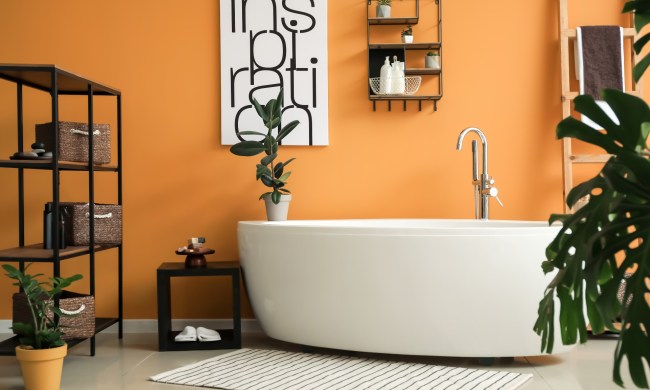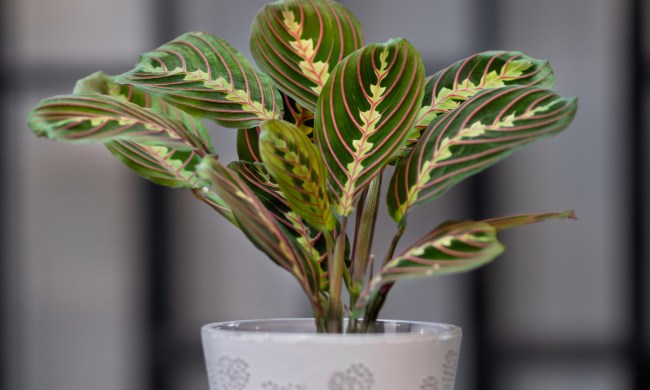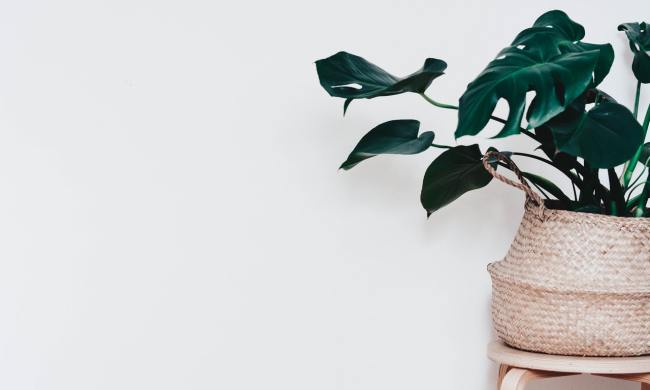If your kids love to join you in the garden, why not offer them some plants of their own to take care of?
Kids with green thumbs will love the opportunity to care for and nourish a plant from seed to fully bloomed marvel. It teaches them the power of patience and gentle care, encouraging them to learn about scientific facts like photosynthesis and botanical growth stages.
If you’re looking for the perfect child-safe plants for your little gardener, keep reading!
Sunflowers
Sunflowers are some of the easiest plants to care for. You can easily purchase a package of sunflower seeds from your local department or hardware store and begin the process of growing your own sunflowers. What makes them so great for kids is that sunflowers grow rapidly and are durable and hardy when it comes to watering.
To grow sunflowers, you’ll need a small pot with ample drainage where you can begin planting the seeds. Once planted, place the pots on a windowsill that receives ample amounts of sunlight. It’s best to keep sunflowers indoors until they are about five inches tall to protect them from falling over in the wind or rain.
Teach your child to water the plants daily and monitor the color and shape of the leaves. If the leaves start to shrivel and become crisp, the plant will need more water. Alternatively, wilting and mushy stems may mean the plant is being overwatered.
Moving the plant outside once it’s large enough will greatly reduce the chance of overwatering, especially if you plant the sunflower directly in the ground and not in a pot.
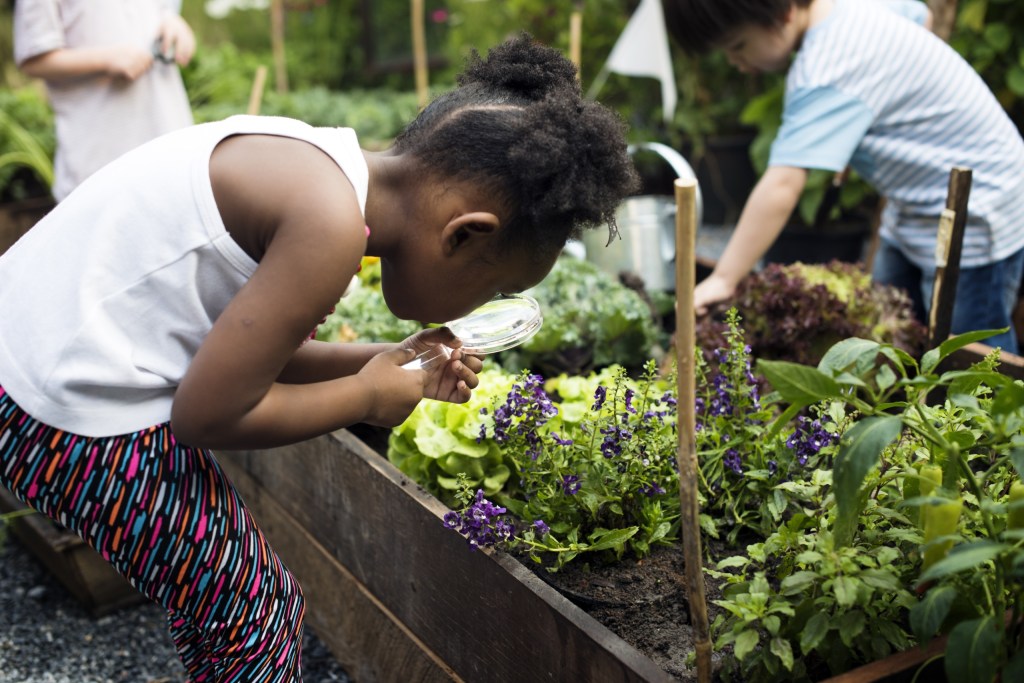
Beans
There is a reason it’s common for third graders nationwide to plant their own beanstalks in class. Beans are a hardy plant and grow quickly, which means that your child will experience plenty of excitement when taking care of their bean plant.
Pinto beans are some of the best for young gardeners to work with. Though there are several other bean varieties to choose from, and each brings a unique quality.
You’ll need a small cup or pot and some soil to hold the beans in place to plant beans. Plant two to three beans about an inch down in the cup and use a spray bottle to keep the soil moist. Use the spray bottle once or twice a day to ensure that the soil remains moist but not soaked.
Once the beans begin to sprout, you can switch over to watering them with a can or bottle. Be careful not to overwater them. A great way to avoid overwatering is to use a well-drained pot or poke holes in the bottom of the cup to allow excess water to flow out the bottom.
Beans can be planted and grown indoors at any time of the year and only require a moderate amount of sunlight to reach their full potential.
Tomatoes
Tomatoes are a great plant for gardeners who are a little older and want to take on a plant that requires more care and attention.
Tomatoes come in several varieties, and you can decide whether you want cherry tomatoes, vine tomatoes, bush tomatoes, or whatever you like! However, the best part about growing tomatoes is that the reward is not only a fully grown plant but a plant that produces tasty treats!
Plant tomato seeds in an egg carton to make transferring them easier later on. All you need is a bit of soil, an empty egg carton, and one seed per compartment. Use a spray bottle to keep the soil moist when you and your child are starting out. Tomato plants are best planted in early spring so that by the time summer arrives, they can be transferred to the garden where they can thrive under the summer weather conditions.
Once the tomato plants reach about six inches tall, it’s time to move them to the garden. Keep the plants at least six inches apart from one another so that they don’t become entangled or overcrowded.
Depending on the variety of tomato plant you’re working with, watering and sunlight needs may change, so it’s important to reference proper care techniques for your specific variety.
Tomato plants require additional pruning throughout the growing season, and once tomatoes begin growing, they’ll have to be picked so that they don’t become overripe!
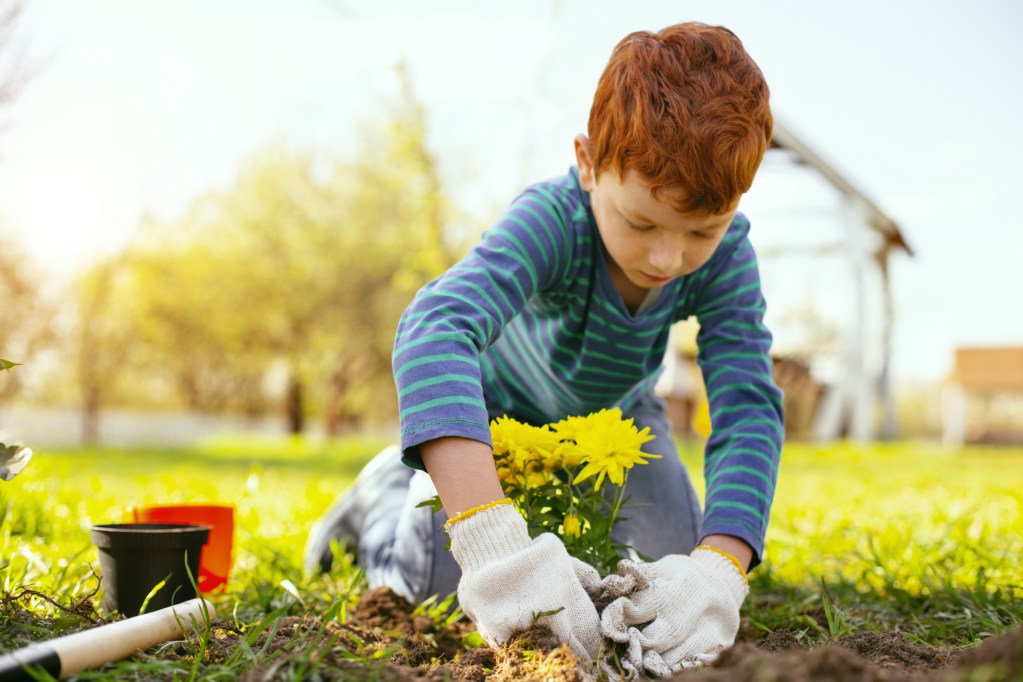
Strawberries
Similar to tomatoes, strawberries are another tasty treat that kids will love to watch grow! Growing strawberries from seeds can take a bit of time. They require several weeks for germination and are best planted indoors in seed starters or an egg carton in early spring.
However, you can also purchase small strawberry bushes from your local garden center to plant directly into your garden.
If you start with a seed, the early stages are very similar to tomato plants, except the process takes a bit longer. If you begin with an already established plant, you can place it directly in the garden. Once in the garden, provide ample amounts of water and lots of sunlight. Clear away weeds and dead leaves as the plant matures. Once the berries begin forming, keep an eye out for pests, and be prepared to pick the delicious red berries once they’re ripe!
These plants are some of the best starter plants for kids, thanks to their hardiness and tasty rewards! They are non-toxic houseplants for children to care for and are great for growing indoors. Gardening teaches children about patience and TLC and provides room to examine the world with a more scientific and intriguing perspective.

